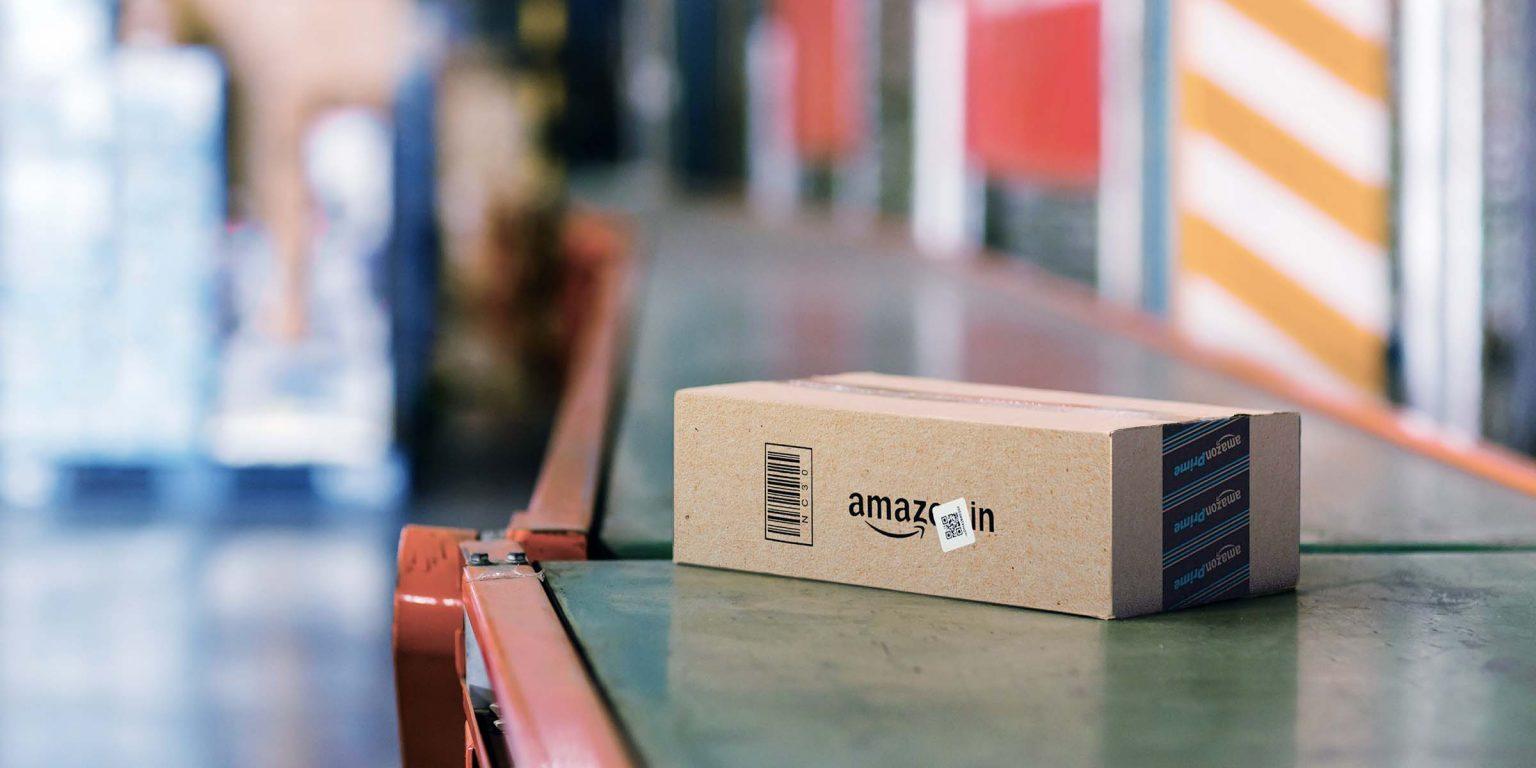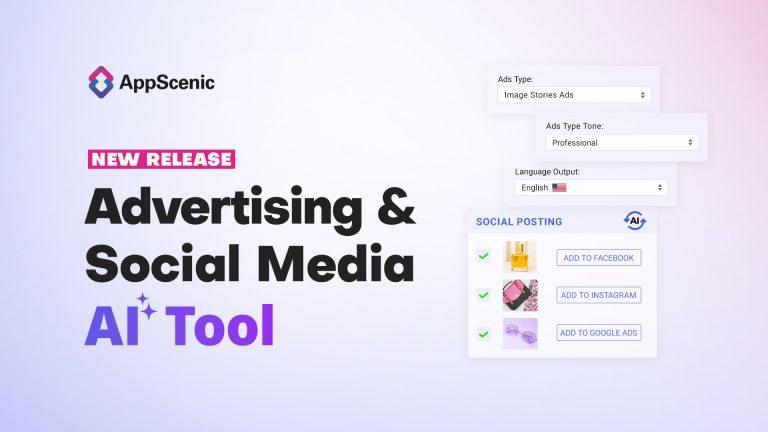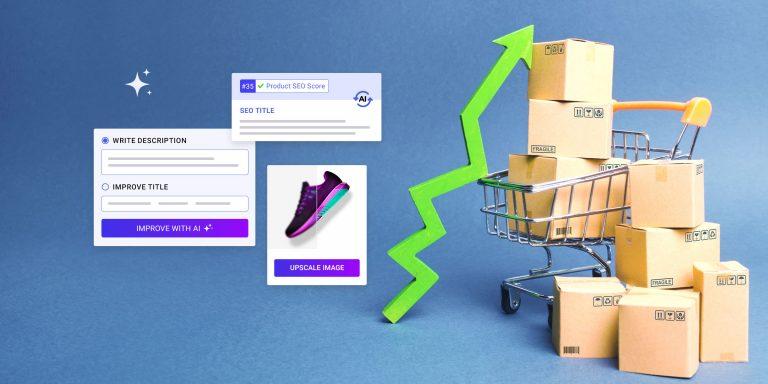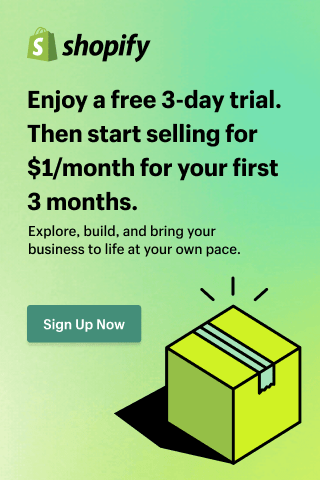As we’ve been talking (or writing) on this blog, the world of ecommerce offers multiple possibilities to start and scale an online business, with two of the most popular models being dropshipping and Amazon FBA. Both of these business models have their own unique advantages and drawbacks, making it important to understand how each operates before choosing one.
But how do you know which is the best path for your online business? In this guide, we’ll break down the differences between dropshipping and Amazon FBA, explore their pros and cons, and help you choose the right path for your ecommerce journey.
Table of Contents
What is dropshipping?
Dropshipping is a business model where you sell products to customers without ever handling the inventory yourself. When a customer places an order, you purchase the item from a third-party supplier who ships the product directly to the customer. This eliminates the need for upfront inventory costs and warehousing.
How dropshipping works:
- A customer places an order on your online store.
- You forward the order to a supplier.
- The supplier ships the product directly to the customer.
- You keep the difference between the price you charge the customer and the supplier’s price.
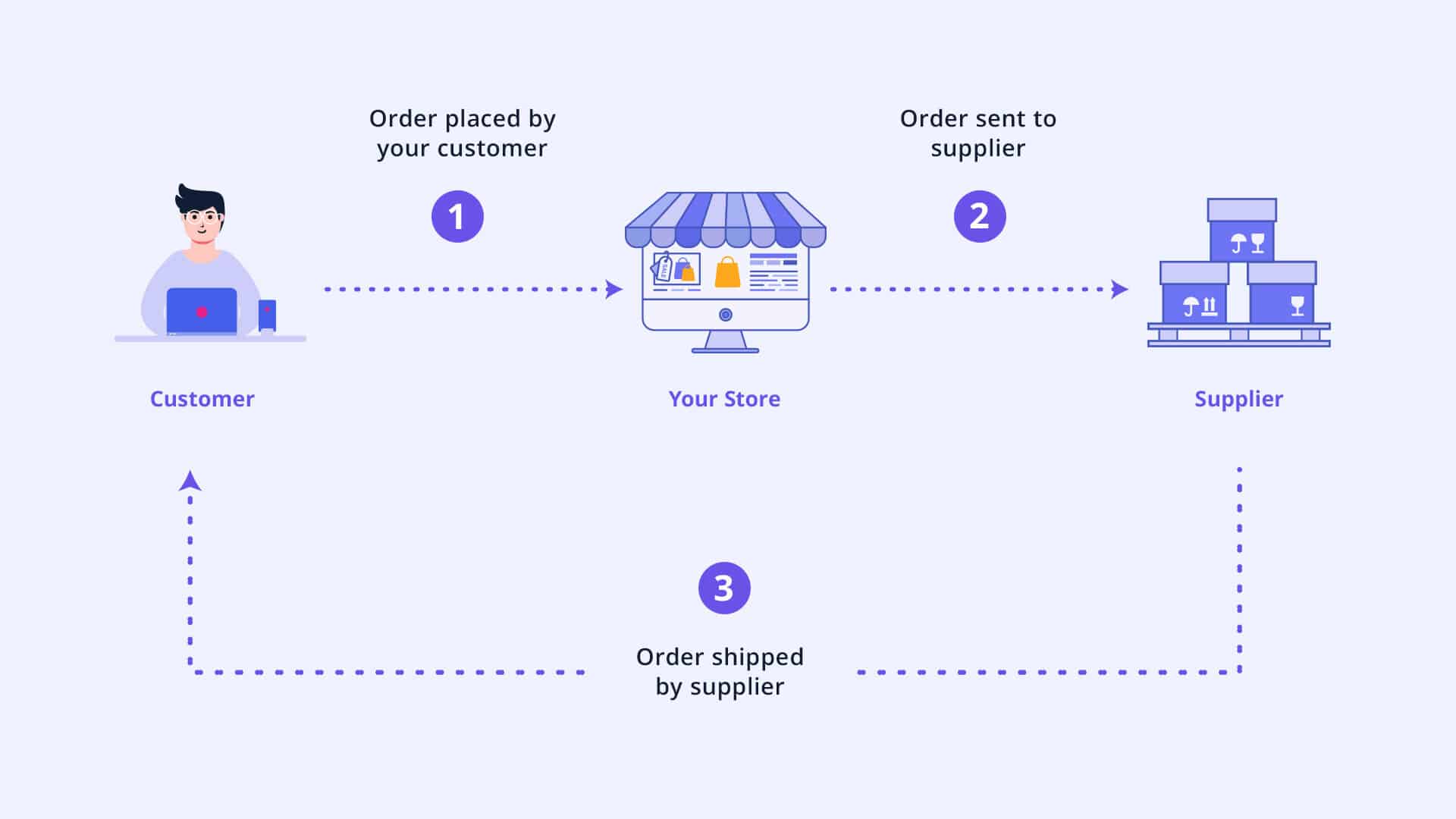
Read more: How to Launch a Dropshipping Business in 6 Easy Steps
What is Amazon FBA?
Amazon FBA (Fulfillment by Amazon) allows you to sell products through Amazon’s platform while leveraging their fulfillment services. You send your inventory to Amazon’s warehouses, and when an order is placed, Amazon picks, packs, and ships the product to the customer on your behalf. Amazon also handles customer service and returns.
How Amazon FBA works:
- You source or manufacture products and send them to Amazon’s fulfillment centers.
- Amazon stores your products in their warehouse.
- A customer orders your product on Amazon.
- Amazon picks, packs, and ships the product to the customer.
- Amazon handles customer service and returns for the order.
Dropshipping vs. Amazon FBA: key differences
Understanding the differences between these two models can help you decide which aligns best with your business goals and resources.
1. Initial investment
Dropshipping
One of the major advantages of dropshipping is its low startup cost. Since you don’t need to purchase inventory upfront or pay for warehousing, you can get started with minimal capital. The only costs you incur are related to sourcing products, setting up your online store, marketing, and processing orders.
Read more: The True Cost of Dropshipping – What Nobody Tells You
Amazon FBA
With Amazon FBA, you need to invest in inventory upfront and pay for shipping the products to Amazon’s warehouses. Additionally, there are fees associated with storing products in Amazon’s fulfillment centers and for each order that Amazon processes. This means the initial investment can be much higher compared to dropshipping.
Which is better?
If you’re starting on a shoestring budget, dropshipping is the more cost-effective option.
2. Profit margins
Dropshipping
While dropshipping has low upfront costs, it also typically comes with lower profit margins. Since you’re relying on third-party suppliers and are likely competing with many other dropshippers offering the same products, you may need to lower your prices to stay competitive, which eats into your profits.
Amazon FBA
Amazon FBA can offer higher profit margins, especially if you’re selling private-label products or have sourced your own unique inventory. However, the fees associated with using Amazon’s fulfillment services and the cost of inventory can reduce those margins.
Which is better?
Amazon FBA has the potential for higher profit margins if you can source products at competitive prices, but dropshipping can be a great option too for those willing to accept lower margins in exchange for lower risk.
3. Inventory management
Dropshipping
With dropshipping, you don’t need to worry about managing inventory because you’re not holding any stock. Your supplier handles that. This also means you avoid the risk of overstocking or dealing with unsold items. However, it can be challenging if your supplier runs out of stock or is slow to update you on availability.
That’s why if you choose to dropship, we recommend using a platform like AppScenic that automates key tasks such as inventory management, real-time stock updates, and order fulfillment, saving you time and reducing the risk of human error.
Of course, our platform also offers a wide selection of high-quality products from reliable domestic suppliers in the US, UK, EU or CAN, and integrates with popular ecommerce platforms, like Shopify or WooCommerce.
Read more: What is Dropshipping Automation and How Can It Transform Your Business?
Amazon FBA
With FBA, you need to manage your inventory, ensure you have enough stock to meet demand and avoid stockouts. If you overstock and your products don’t sell, you’ll still be paying storage fees. On the other hand, you’ll have better control over product availability compared to dropshipping.
Which is better?
Dropshipping wins in terms of inventory management as it removes the hassle of managing stock. However, Amazon FBA gives you more control over stock availability.
4. Shipping and delivery times
Dropshipping
Shipping times can vary greatly depending on your supplier’s location. If you’re dropshipping from overseas suppliers, such as those in China, which we highly recommend you shouldn’t do anymore, your customers may face long delivery times (2-4 weeks or more). This can negatively impact customer satisfaction.
Again, using a dropshipping platform like AppScenic gives you access to fast, reliable suppliers in the US, UK, EU, CAN or AUS, who offer a wide range of high-quality products. Working with trustworthy domestic suppliers means that your customers will receive their products on time, which in turn helps maintain a positive customer experience and reduces your return rates.
Also, with a platform like AppScenic, you can test different products and niches without relying on a single supplier.
Read more: How to Identify a Reliable Supplier for Your Dropshipping Niche
Amazon FBA
One of the biggest advantages of Amazon FBA is the fast shipping times, especially with Prime shipping. Since Amazon handles fulfillment and has a vast network of fulfillment centers, customers can receive their products within 1-2 days, which significantly improves the buying experience.
Which is better?
Amazon FBA offers superior shipping speed, which can lead to higher customer satisfaction and repeat purchases. Dropshipping, on the other hand, if not done the right way or if you choose suppliers from China, may face challenges with longer delivery times.

5. Scalability
Dropshipping
Dropshipping is highly scalable because you don’t have to worry about inventory or fulfillment. As your sales grow, you can continue outsourcing fulfillment to suppliers without worrying about logistics.
Amazon FBA
Amazon FBA is also highly scalable, but you will need to ensure you have enough stock on hand to meet increased demand. You’ll also need to manage more complex logistics as your business grows.
Which is better?
Both models are scalable, but dropshipping allows for faster scaling without the complexities of managing inventory.
6. Brand control
Dropshipping
Dropshipping offers little to no control over branding because the products come from third-party suppliers. Again, if you don’t find the right supplier or dropshipping platfom, you may face issues with packaging, branding consistency, and product quality.
Amazon FBA
With Amazon FBA, especially if you sell private-label products, you have full control over branding. You can create custom packaging, design your own product labels, and build a brand that stands out.
Which is better?
If building a brand is important to you, Amazon FBA offers far more control over the customer experience and brand presentation. But if you find the right product niche and reliable suppliers, you can also build a great brand while dropshipping. There are many successful dropshipping stores that manage to do this and stand apart.
7. Customer support
Dropshipping
As a dropshipper, you are responsible for customer support. If there are issues with shipping delays, defective products, or returns, it’s up to you to handle them. Since you’re relying on third-party suppliers, this can be challenging to manage. Here are some ways you can build and maintain customer trust in dropshipping.
Amazon FBA
Amazon FBA takes care of customer support, including handling returns and managing disputes. This can save you time and hassle, especially as your business grows.
Which is better?
Amazon FBA has the edge when it comes to customer support since Amazon takes on the responsibility of handling returns and customer inquiries.

Which model is right for you?
Now that you know the differences between dropshipping and Amazon FBA, how do you choose which one is right for your business?
Choose dropshipping if:
- You have limited startup capital and want a low-risk business model.
- You prefer not to manage inventory or fulfillment.
- You want to test multiple products or niches quickly.
Choose Amazon FBA if:
- You’re willing to invest in inventory upfront.
- You want to build a long-term brand with higher control over packaging and customer experience.
- Fast shipping and customer satisfaction are critical to your success.
Conclusion
Both dropshipping and Amazon FBA offer exciting opportunities for aspiring entrepreneurs, but each comes with its own set of challenges and rewards.
Dropshipping offers a low-risk entry into the world of ecommerce, while Amazon FBA provides more control over branding and a better customer experience at the cost of higher upfront investment. The best option for your business will depend on your resources, goals, and how involved you want to be in managing inventory and logistics.
By understanding these two business models, you’ll be better equipped to choose the path that leads to long-term ecommerce success.


